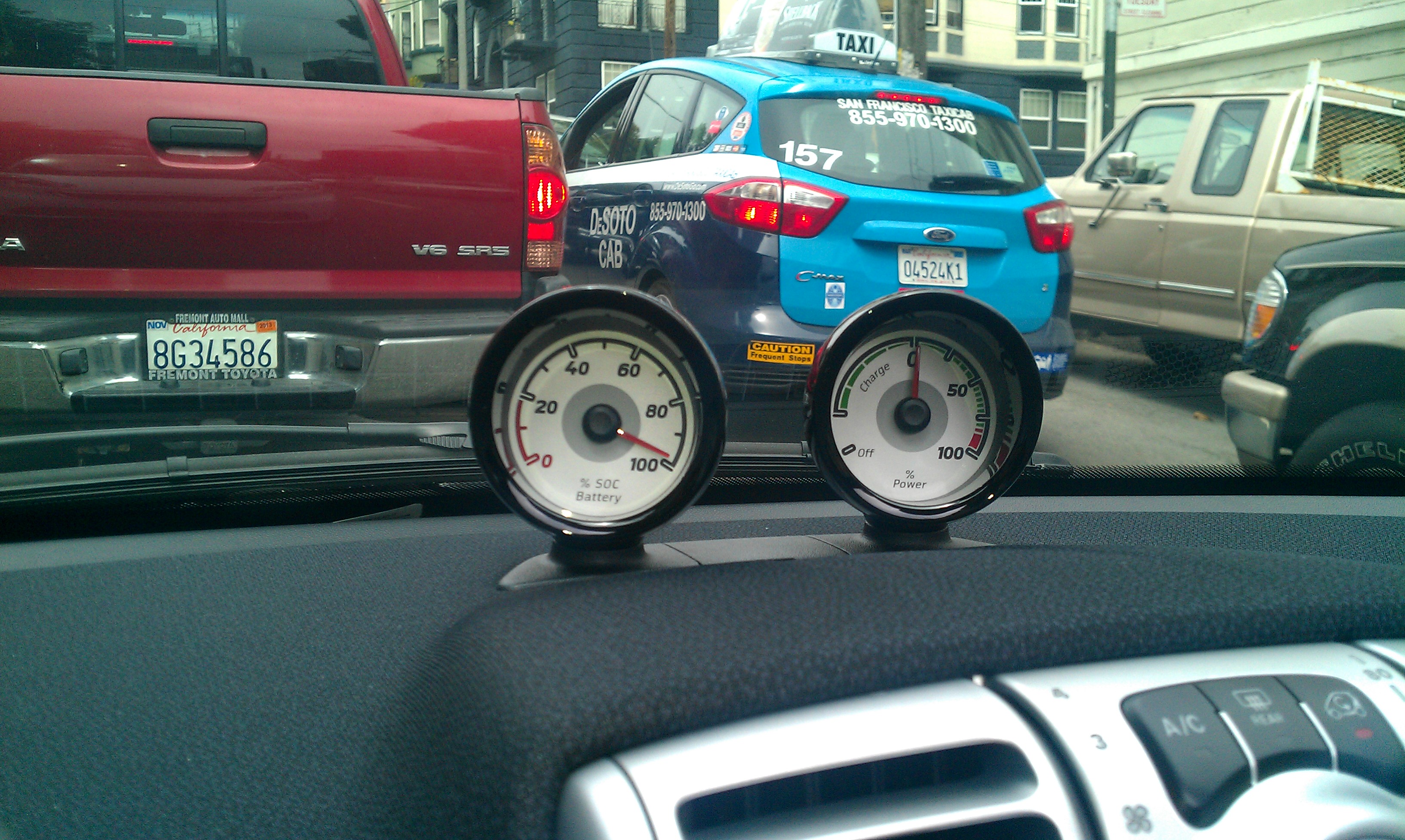Taking Smart's 2013 Fortwo Electric Drive for a San Francisco spin

Show of hands: who out there has driven a Smart car?
Until yesterday, we hadn't either. In fact, we thought of them more as death traps than road-ready vehicles, and scoffed at their tiny frames trimming through traffic. "You'd be a fool to drive that tin can," we'd say to anyone who'd listen.
And yet when Smart, which brands its two-door urban transports with a little "s," invited the press to tour San Francisco in the 2013 Fortwo Electric Drive this week, we couldn't turn down a test drive. Lunch was promised too, but that's neither here nor there.
After more than an hour climbing hills and twisting 'round turns, we found that despite some flaws, we clicked with the car. It's great for city driving, and if you're willing to plug in, you could save bundles on gas. What's more, with a new leasing option Smart's making available starting today, the Fortwo Electric Drive may just be the best way to traverse metropolitan roadways.

The car
The horseless carriage we moshed through the City belongs to the third-generation of the Fortwo Electric Drive line. It's been out since May, and the zero-emission vehicle is available in either coupe or cabrio (convertible) body styles. We took a white car with a red cloth top out, if you were wondering.
The Fortwo Electric Drive's lithium-ion battery fits where the fuel-tank on a gas model would normally go, and a 33-pound electric motor is situated between the two rear wheels. It's a 74 horsepower, 55-kilowatt Daimler/Bosch joint venture, equivalent to a single-torque engine. Twenty to 30 percent charging time is around 3.5 hours, Smart said, as the company finds it's rare for drivers to return home with a battery that's 100 percent drained.
Smart went to obvious lengths to make sure the third-gen Fortwo Electric Drive was an improvement over the second. According to the car maker, top speed jumped from 62 mph to 78 mph. It now takes 11.5 seconds to go 0-60, instead of a dangerously long 26.7 seconds for gen two.
Sign up for breaking news, reviews, opinion, top tech deals, and more.
The 2013 car's average range is 68 miles, with city driving only a mile higher than the previous version (76 vs 75). Level 2 (240V) charging allows the 2013 to last for about 6 hours on a 100 percent charged vehicle, however the 2012 version can run for about 8 hours.

We drained close to 30 percent of the battery during our approx. 1.5-hour drive, which took us from Mission St. to Golden Gate Park to Crissy Field by way of the Presidio. A well-placed gauge kept up aware of our power, with the needle conspicuously dropping every time we restarted.
The tech
The car isn't as advanced as the concept Cadillac we saw at CTIA 2013, but it has its techie touches.
Chief among them is the ability for the Fortwo Electric Drive to communicate though its power lines to the Smart car homepage, a hub for information on usage patterns, power draw and vehicle performance. Drivers can see the status of their car charge, the interior temperature and rumble system pre-conditioning to life.
Smart even claims power line communication can be used for auto pay.
The homepage also provides range info in the form of a map with a "range potato," or a highlighted circle, to tell you how far your battery will take you, plus a range calculator.

The drive
Setting our fear of imminent death aside, we stepped into the 2013 Fortwo Electric Drive to find a surprisingly spacious interior. It's not a Suburban, but we caught ourselves thinking, "I was in something that small??" whenever we exited the vehicle.
Part of the space solution is that Smart fixed the passenger seat six-inches behind the driver's seat. There was ample leg room and the car felt almost expansive with the top down. Things changed when we brought the roof back up (which you can do by holding a centrally located button while traveling at any speed, by the way). Head real estate was more limited, but we only bumped our crowns once.

Michelle was previously a news editor at TechRadar, leading consumer tech news and reviews. Michelle is now a Content Strategist at Facebook. A versatile, highly effective content writer and skilled editor with a keen eye for detail, Michelle is a collaborative problem solver and covered everything from smartwatches and microprocessors to VR and self-driving cars.